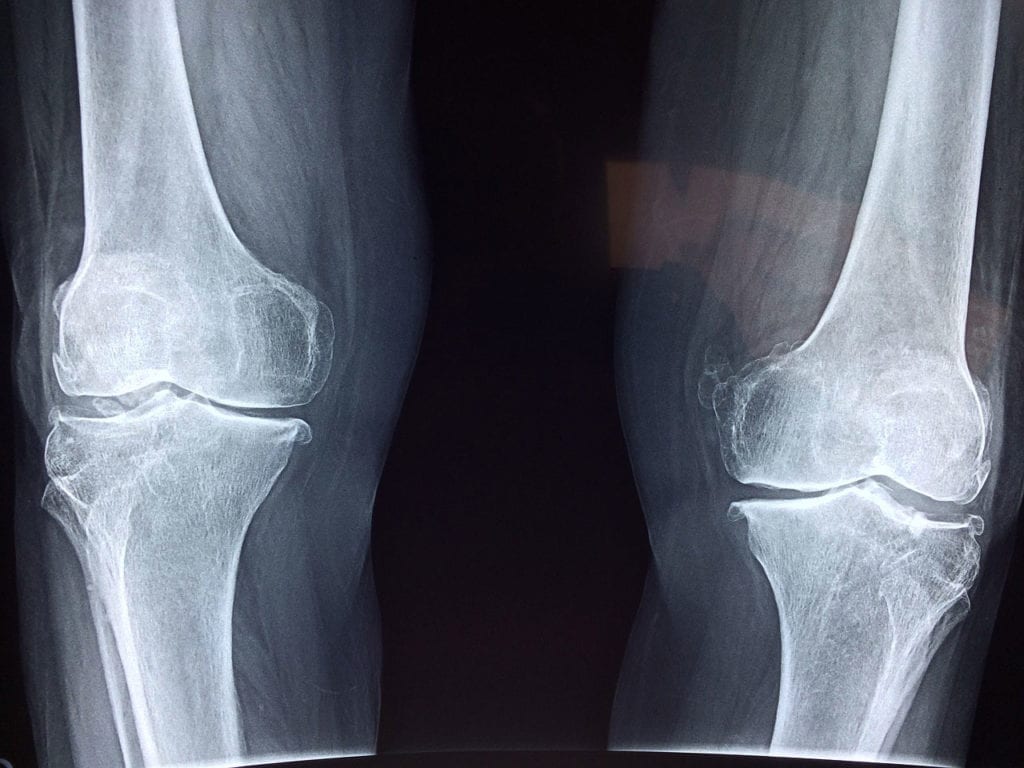Have you ever heard of the Orphan Drug designation? This designation, created through the Orphan Drug Act and granted by the U.S. Food and Drug Administration (FDA), is used to incentivize drug development in the rare disease space. Orphan Drug designation is granted to drugs or biologics that were developed for rare indications, or conditions affecting fewer than 200,000 people nationwide. Drug developers whose product earns this designation are also given benefits such as fee waivers and tax credits, seven years of market exclusivity upon approval, and more frequent communication with the FDA. Healio recently reported that SIS-101-ADO received Orphan Drug designation, as well as Rare Pediatric Disease designation, for the treatment of autosomal dominant osteopetrosis type 2.
Right now, there are no targeted treatment options for people living with this rare disease. Thus, if SIS-101-ADO was found to be effective, it could transform the therapeutic landscape. SIS-101-ADO is a short interfering RNA (siRNA) therapy. siRNA can regulate gene expression. This means it can silence or suppress disease-causing genes, like the mutated CLCN7 associated with this condition. Using a proprietary delivery technology, SIS-101-ADO can restore bone quality and improve bone mass.
So far, SIS-101-ADO has only been evaluated in preclinical studies. The drug developer, SiSaf Ltd., is hoping to perform human studies in the future.
What is Autosomal Dominant Osteopetrosis Type 2?
According to the Genetic and Rare Diseases Information Center at NCATS, osteopetrosis refers to a group of rare and inherited skeletal disorders. Typically, these conditions are characterized by heightened bone density and abnormal bone formation/growth. There are over 10 genes and associated mutations that have been linked to osteopetrosis. As described above, CLCN7 mutations are linked to autosomal dominant osteopetrosis type 2. There are other forms of this disorder that are inherited in X-linked recessive and autosomal recessive forms; the latter is often the most severe. Symptoms of autosomal dominant osteopetrosis type 2 often appear in childhood between ages 2-11. These symptoms can, but do not always, include:
- Short stature
- Arthritis
- Bone pain
- Compressive neuropathy
- Facial palsy
- Scoliosis
- Dental abnormalities
- Joint dislocation
- A larger than average head size
- Recurrent fractures
- Anemia (low red blood cell count)
- Frontal bossing
This is not an exhaustive list of symptoms or characteristics.






